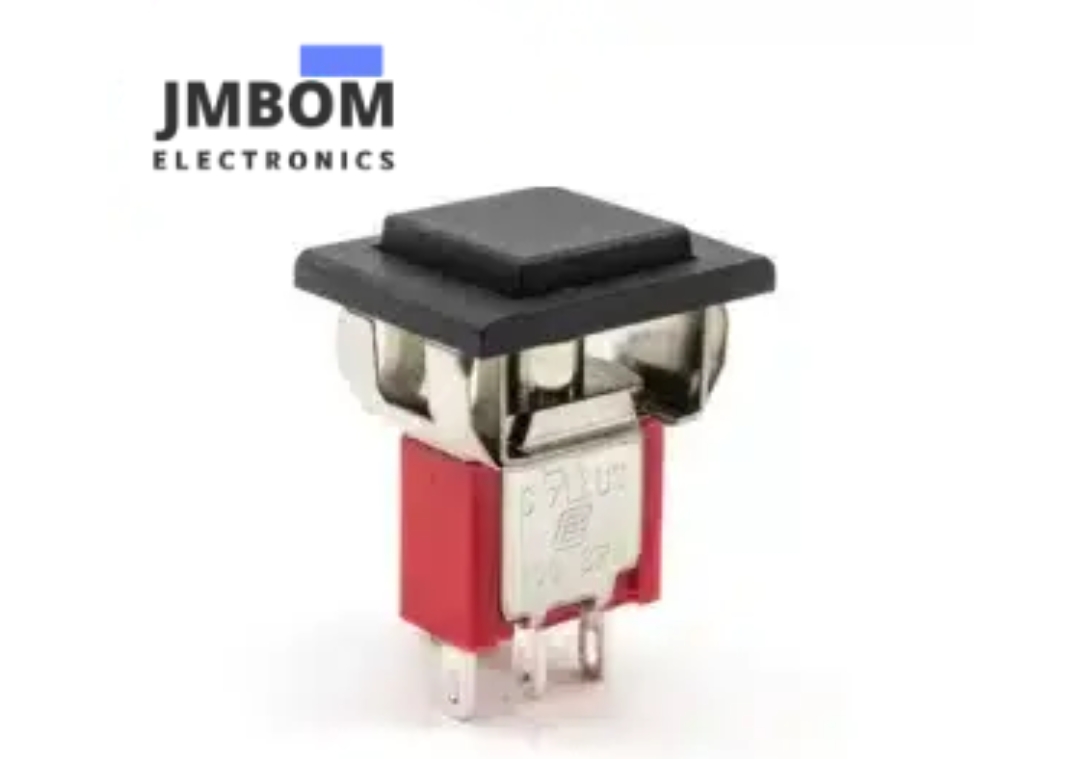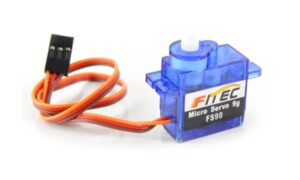Pushbutton switches are a fundamental component in the world of electronics and electrical systems. They are simple yet incredibly versatile devices that play a crucial role in controlling various functions in numerous applications. This comprehensive introduction will delve into the intricacies of pushbutton switches, covering their design, types, applications, and key considerations for their use.
Basic Design and Function
At its core, a pushbutton switch is an electrical switch that is activated by pressing a button. The button is typically a protruding part that can be pushed down to make or break an electrical connection. When the button is pressed, it completes a circuit, allowing current to flow through. When released, the button returns to its original position, breaking the circuit and stopping the current flow. This action is often referred to as “momentary” operation, as the switch only maintains its state while the button is being pressed.
The switch mechanism usually consists of a spring-loaded plunger or lever that moves when the button is pressed. The plunger or lever makes contact with electrical contacts, completing the circuit. The spring ensures that the button returns to its original position when the pressure is released. This simple mechanical action is what allows pushbutton switches to be reliable and durable in a wide range of applications.
Types of Pushbutton Switches
Pushbutton switches come in various types, each designed to meet specific requirements and applications. Understanding the different types is essential for selecting the right switch for a particular use case.
Momentary Pushbutton Switches
Momentary pushbutton switches are the most common type. As mentioned earlier, these switches only maintain their state while the button is being pressed. They are available in two main configurations:
Normally Open (NO): In this configuration, the circuit is open (broken) when the button is not pressed. When the button is pressed, the circuit closes (makes contact), allowing current to flow. This type is commonly used in applications where a temporary connection is needed, such as in doorbells or momentary control buttons.
Normally Closed (NC): In contrast, a normally closed switch has a closed circuit when the button is not pressed. Pressing the button opens the circuit, breaking the connection. This type is often used in safety applications, such as emergency stop buttons, where the circuit needs to be broken to stop a machine or process.
Latching Pushbutton Switches
Latching pushbutton switches, also known as toggle switches, maintain their state after the button is pressed and released. This means that the switch stays in the position it was last set to, either on or off, until it is pressed again. Latching switches are useful in applications where a continuous connection is required, such as power switches for electronic devices.
Illuminated Pushbutton Switches
Illuminated pushbutton switches combine the functionality of a pushbutton switch with a built-in light source. The light can indicate the state of the switch (on or off) or provide visual feedback for the user. These switches are commonly used in control panels, industrial equipment, and automotive applications where visibility is crucial.
Sealed Pushbutton Switches
Sealed pushbutton switches are designed to be resistant to dust, moisture, and other environmental contaminants. They are typically enclosed in a sealed housing that protects the internal components from damage. Sealed switches are essential in harsh environments, such as industrial settings, outdoor applications, or where the switch may be exposed to water or chemicals.
Keylock Pushbutton Switches
Keylock pushbutton switches require a key to operate, providing an added layer of security. The key can be inserted to turn the switch on or off, and it can be removed to prevent unauthorized access. These switches are often used in applications where control access is critical, such as in security systems, industrial machinery, and restricted areas.
Applications
Pushbutton switches are used in a wide range of applications across various industries. Their versatility and reliability make them a popular choice for both simple and complex control systems.
Consumer Electronics
In consumer electronics, pushbutton switches are commonly found in remote controls, calculators, and electronic devices. They provide a simple and intuitive way for users to interact with the device, controlling functions such as power, volume, and mode selection.
Industrial Automation
In industrial automation, pushbutton switches are used in control panels and machinery to start, stop, and control various processes. They are often combined with other components, such as relays and PLCs (Programmable Logic Controllers), to create complex control systems. The use of momentary and latching switches allows for precise control over machinery and processes.
Automotive Industry
The automotive industry relies heavily on pushbutton switches for various applications. From ignition switches and power windows to dashboard controls and emergency brake systems, pushbutton switches provide a reliable and user-friendly interface for drivers and passengers.
Medical Equipment
In medical equipment, pushbutton switches are used in devices such as medical monitors, diagnostic equipment, and surgical tools. They must meet stringent safety and reliability standards to ensure accurate and safe operation. Sealed and illuminated switches are often used in medical applications to provide clear visibility and protection against contamination.
Telecommunications
Telecommunications equipment, such as routers, switches, and servers, often incorporate pushbutton switches for power control, reset functions, and configuration settings. These switches must be durable and reliable to withstand continuous use in data centers and other critical environments.
Key Considerations
When selecting a pushbutton switch for a specific application, several key considerations must be taken into account to ensure the switch meets the required specifications and performs reliably.
Electrical Ratings
The electrical ratings of a pushbutton switch, including voltage and current ratings, are critical factors. The switch must be able to handle the electrical load of the circuit it is connected to. Exceeding the rated voltage or current can cause the switch to fail or damage the connected equipment.
Actuation Force
The actuation force, or the amount of pressure required to press the button, is another important consideration. The actuation force should be appropriate for the intended user. For example, a switch used in a medical device may require a lighter actuation force for ease of use, while a switch in an industrial machine may need a higher actuation force to prevent accidental activation.
Durability and Lifespan
The durability and lifespan of a pushbutton switch are crucial, especially in applications where the switch will be used frequently. The switch should be able to withstand repeated use without degradation in performance. Factors such as the quality of materials, the design of the switch mechanism, and the presence of protective features (such as seals) all contribute to the switch’s durability.
Environmental Conditions
The environmental conditions in which the switch will be used must be considered. Sealed switches are necessary in dusty or wet environments, while switches with high temperature ratings may be required for applications in extreme heat. The switch should be able to withstand the specific environmental conditions of the application to ensure reliable operation.
User Interface and Ergonomics
The user interface and ergonomics of the switch are also important factors. The switch should be easy to locate and operate, with clear visual feedback (such as illumination) to indicate its state. The size and shape of the button should be appropriate for the intended user, ensuring comfortable and accurate operation.
Conclusion
Pushbutton switches are essential components in a wide range of applications, providing a simple and reliable means of controlling electrical circuits. With various types and configurations available, pushbutton switches can meet the specific needs of different industries and applications. By considering key factors such as electrical ratings, actuation force, durability, environmental conditions, and user interface, the right pushbutton switch can be selected to ensure optimal performance and reliability. Whether used in consumer electronics, industrial automation, automotive systems, medical equipment, or telecommunications, pushbutton switches continue to play a vital role in modern technology and control systems.
Related Articles
What Induction Motor Is and How It works



































